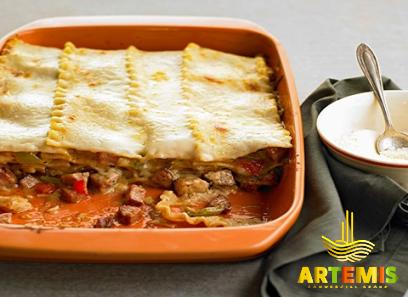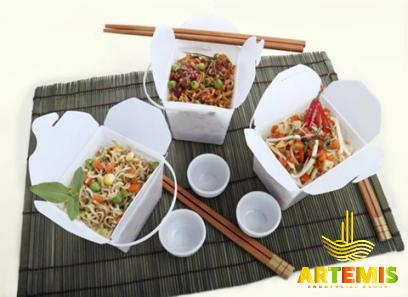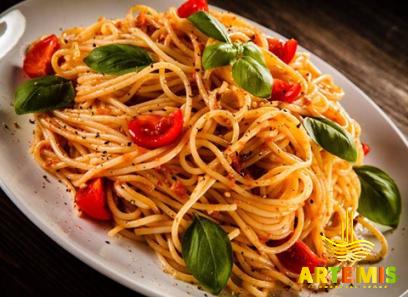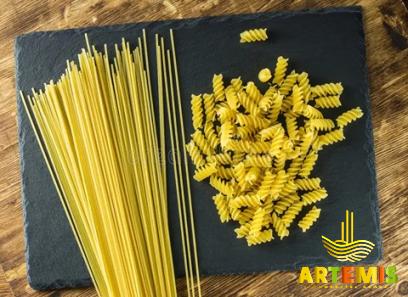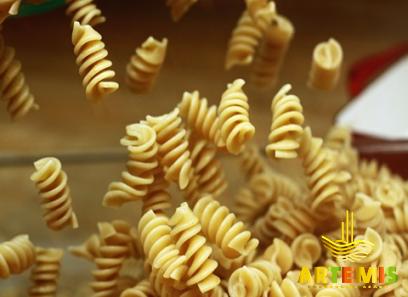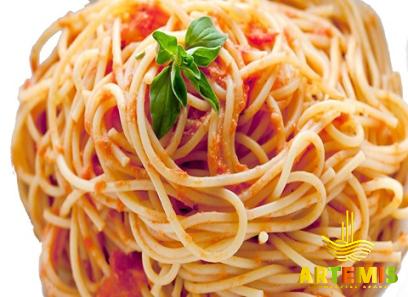Buy and Current Sale Price of Pasta Tomato Puree
Another common use for tomato puree is for pasta
There are many different types of recipes for puree
Here we will introduce some of them for tomato puree
This is a basic recipe for all our cooking needs: Marinara sauce, pizza, pasta, Indian dishes, subs or curries
Homemade tomato puree is not as difficult as it sounds
I always keep a jar full of homemade tomato paste in the fridge/freezer
It is useful, saves a lot of time and above all it is HOMEMADE!! Use thick red pulp tomatoes for this recipe
They are juicy and add softness to a sauce or gravy
Tomatoes are blanched, peeled, cleaned and boiled until a rich tomato color is obtained
Add olive oil to the pureed tomatoes during cooking to keep them longer
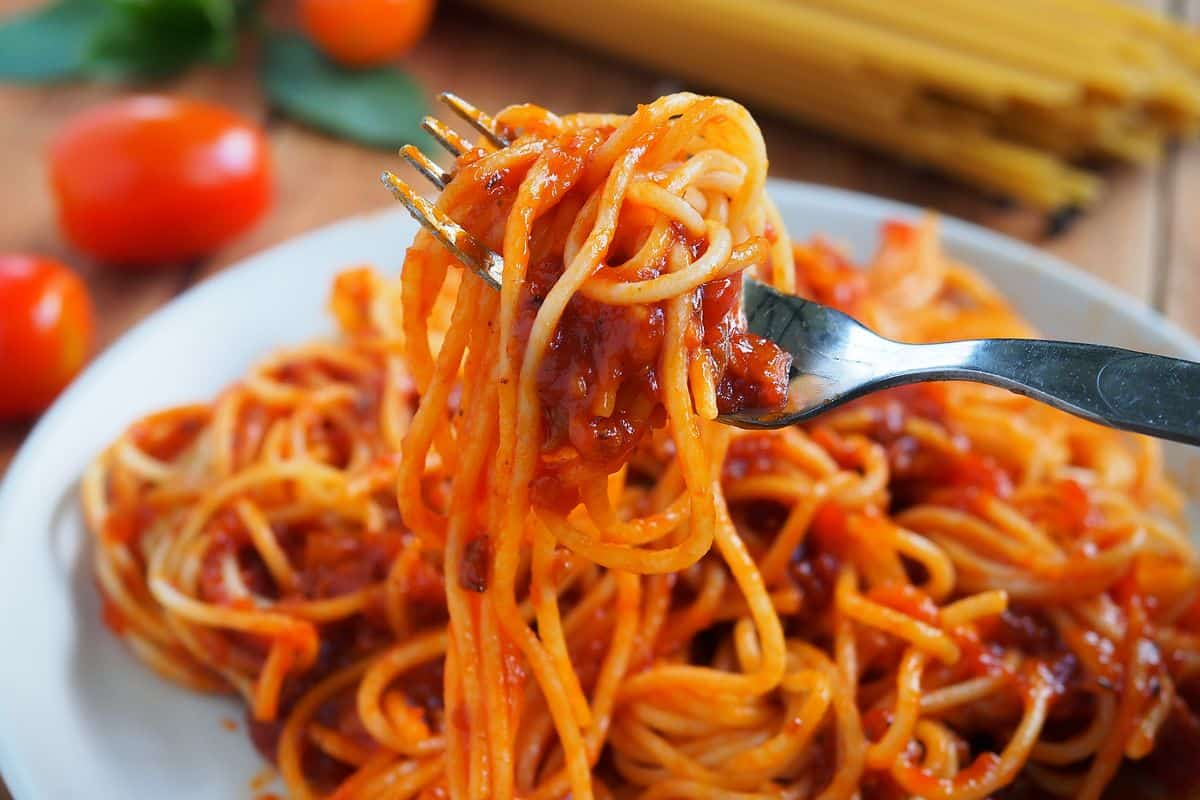
1
Wash and clean the tomatoes
Make a small cut in the tomatoes and drop them into a pot of boiling water for 7-9 minutes
You will soon notice the skin peeling off the tomatoes
Use a slotted spoon and remove the tomatoes from the hot water and rinse them by running them under cold water
This will speed up the peeling process
Remove the skin from the tomatoes and discard them
With a sharp knife, cut the juicy flesh of the tomatoes and throw them into a blender and liquefy/pure them
For a seedless puree, strain it
Heat the olive oil in a pan and pour in the pureed tomatoes and let them boil
Boiling gives the tomato puree a deep, rich red color
For a thick tomato puree, simmer for about 30 – 45 minutes over medium heat until it reaches the desired consistency, stirring occasionally
Once thickened, let cool completely, then transfer to mason jars or airtight containers
Store it in the refrigerator for a week or you can even freeze this puree for later use
Tomato paste is one of the everyday staples in cooking, we can jazz up almost anything with a glass of it like mahani sauce, any vegetable sauce, pasta sauce, pizza sauce and the list goes on
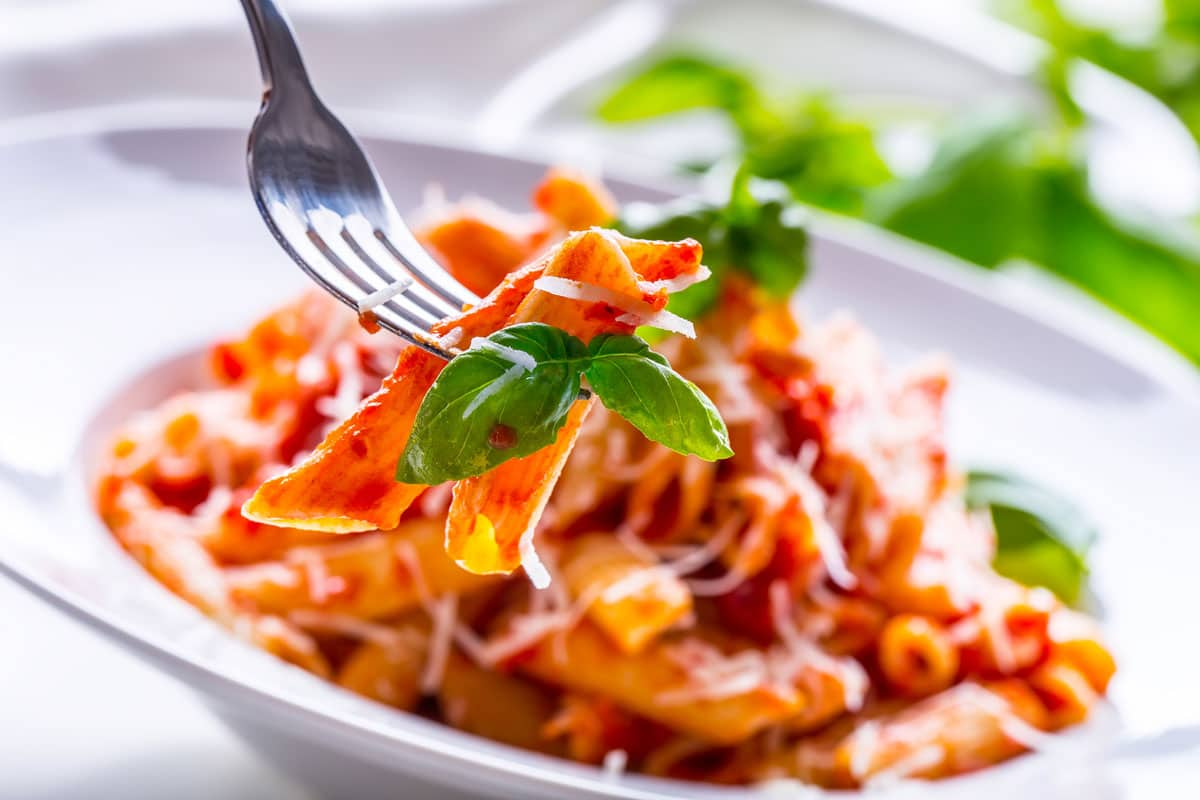
Now you can make your own tomato puree in no time with simple ingredients
No need to worry about the food coloring, preservatives added in store bought tomato pastes
This post may contain affiliate links, which means I may receive a commission if you make a purchase through those links
As an Amazon Associate, I earn on qualified purchases
Tomato puree is a smooth, unadulterated tomato sauce made from perfectly ripe tomatoes
This versatile sauce can be used in many ways
Learn how to make tomato puree and store it in sturdy jars for your food storage shelves
The idea of canning pureed tomatoes came from the Italian side of my family, where tomato passata is a pantry staple
Italian tomato passata is a pureed tomato sauce made from fresh tomatoes that have been boiled and pressed to remove all seeds and skins
When it’s time to make the weekly tomato sauce, the puree is mixed with garlic, onion, fresh herbs and simmered slowly until the flavors meld and the sauce is nice and thick
The beauty of having plain tomato paste on the shelf is that it’s so adaptable
Since it is unseasoned, you can use it as a base for so many recipes, such as soups, spaghetti sauce, stews, cold or anything where you want the rich flavor of tomatoes
Here are tips for making tomato puree: Here are tips for canning tomato puree: Since this tomato puree is made from regular tomatoes, you’ll want to use perfectly ripe, good-tasting tomatoes
Tomatoes should be evenly deep red and feel firm when pressed with a finger

Ripe tomatoes won’t have much flavor, and overripe tomatoes can give the puree a sour taste
You can use any type of tomato to make a puree, but fleshy paste or plum tomatoes have great flavor, fewer seeds, and firm, dry flesh that thickens well when cooked
Amish Paste, Roma, San Marzano, Viva Italia are great varieties
The recipe below is for a full case of 7 quart jars, but smaller batches are easy to make depending on how many pounds of tomatoes you have
Pint Jars: You will need about 6 1/2 pounds of tomatoes to fill each pint size jar of tomato paste
Plan on about 46 pounds to fill a 7-quart canner
Pint jars: About 3 1/4 pounds of tomatoes fill a pint-sized jar, so aim for about 30 pounds in a 9-pint can
After boiling the tomatoes briefly, you will press them to remove the skins and seeds and make a puree
Here are some ways to test tomatoes: Victorio Food Strainer: This food strainer attaches to a table or countertop and has a large sieve where you place the cooked tomatoes and a pestle that pushes the tomatoes through a filter that removes the skins and seeds that push the flesh into a smooth puree
Food Mill: A food mill has a bowl with holes in the bottom and a hook with a blade that pushes the food through the holes, leaving the seeds and skins behind
Kitchen Aid Food Strainer: If you have a Kitchen Aid stand mixer, it has a fruit and vegetable strainer attachment that quickly separates the skins and seeds from the pulp

Fine mesh strainer: If you don’t have a food strainer, puree the cooked tomatoes in a blender or food processor, pour through a wire mesh strainer and use the back of a spoon to push the pulp through the mesh, leaving the skins and seeds behind
Be sure to scrape
the underside of the sieve to get any pulp that may be caught in the mesh
Peel and de-skin first: If you don’t have kitchen utensils, you can peel and de-seed the tomatoes before cooking
Follow the tips in this tutorial: How to Peel Tomatoes
Additional acid is needed when canning tomatoes to ensure that the pH is at a level that inhibits bacteria
You can use two simple ways to adjust acidity when canning tomatoes
Add citric acid or commercially bottled lemon juice: Citric acid is my favorite way to acidify tomatoes because it doesn’t affect the flavor
Bottled lemon juice: Bottled lemon juice is uniformly acidified, so a constant and known acid level (pH) is required for safe preservation
Do not use freshly squeezed lemon juice as there is no way to see the acid status of the liquid

